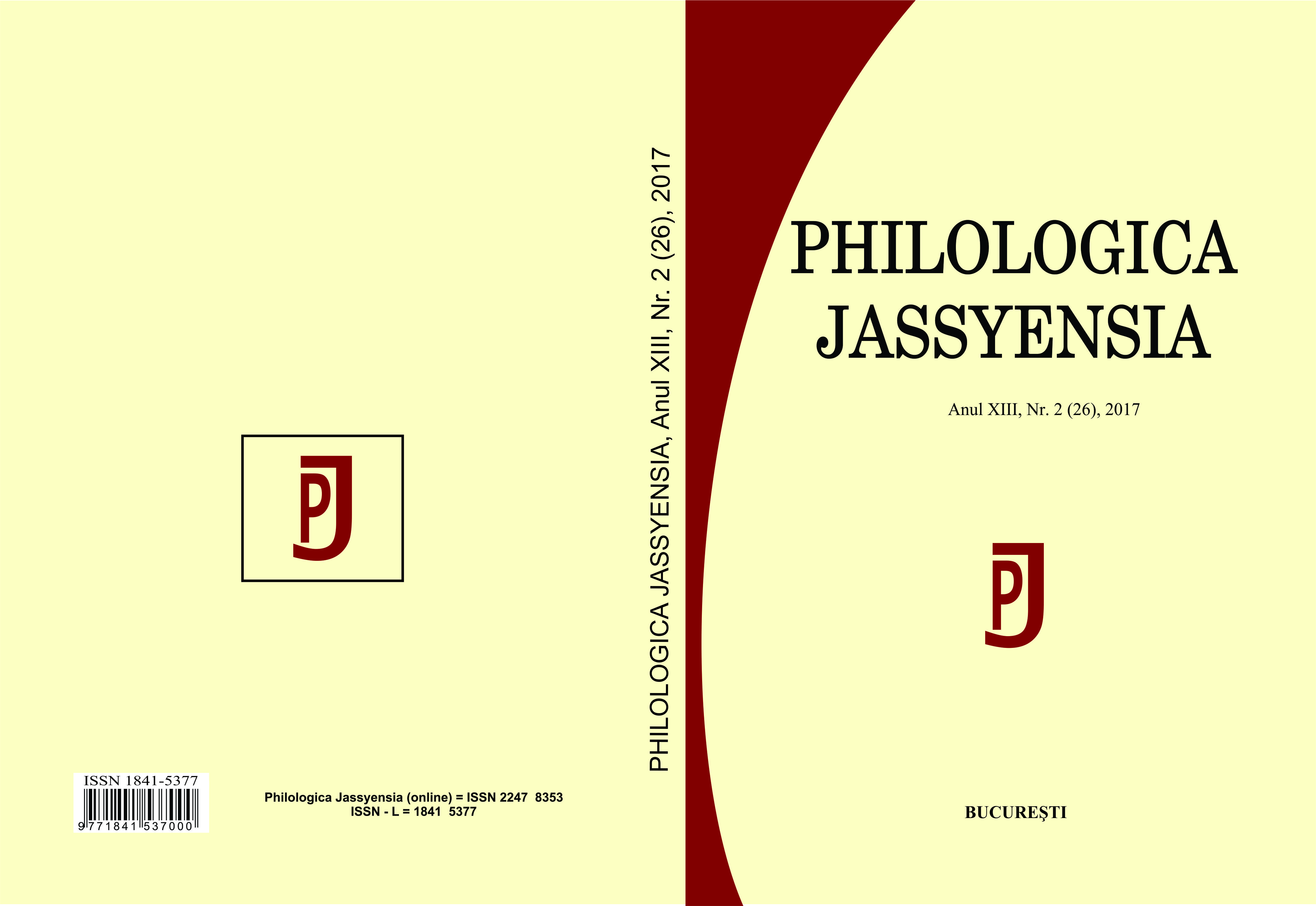Les premiers enregistrements lexicographiques des noms propres dans la langue roumaine : les dictionnaires slavons-roumains du XVIIe siècle
The First Lexicographic Recordings of Proper Names in Romanian: 17th Century Church Slavonic-Romanian Lexicons
Author(s): Ana-Maria Gânsac, Mădălina UngureanuSubject(s): Language and Literature Studies
Published by: Editura Tracus Arte
Keywords: proper names; translation; Pamvo Berynda; Church Slavonic-Romanian lexicography; 17th century
Summary/Abstract: The first lexicographic recordings of proper names in Romanian date back to the 17th century. These appear in Slavic-Romanian lexicons, compiled following the Church Slavonic-Ukrainian lexicon published in Kiev, in 1627 by Pamvo Berynda, a Ukrainian scholar whose work was instrumental in the development of Eastern Slavic lexicography. Six large Church Slavonic-Romanian lexicons were preserved, to which another short fragment is added. These are simplified versions of the source, both in terms of structure (the two different parts of Berynda’s lexicon – a Church Slavonic-Ukrainian dictionary, dedicated to common nouns, and a dictionary of proper nouns and Hebrew, Greek and Latin terms – are put together; however, not all the inventory of Berynda’s entries is preserved) and in terms of lexicographical definitions.This article discusses the way in which the proper names included in the second part of the Church Slavonic-Ukrainian lexicon (with a focus on the entries under letter g) were taken over in the six Slavonic-Romanian lexicons from 17th century, with a focus on the inventory of terms collected, the changes underwent by the proper nouns analysed at formal level, during their transposition into Romanian (written in Cyrillic alphabet), as well as the way in which their lexicographical definitions were collected. Compared to their Church Slavonic model, the Romanian lexicons contain a reduced number of proper names (generally biblical and hagiographic names, probably frequently used). The form of the proper names is generally the one from Berynda’s lexicon (where the names are adapted from Greek and Latin), with some irregular changes generally determined by the marking of the Byzantine pronunciation of Greek (for example, /nd/ for /nt/). As regards the lexicographical definitions, the etymology of the proper names is as a rule preserved, but in a much shorter form compared to the model, and without any consideration to its correctness.
Journal: Philologica Jassyensia
- Issue Year: XIII/2017
- Issue No: 2 (26)
- Page Range: 53-69
- Page Count: 17
- Language: French

